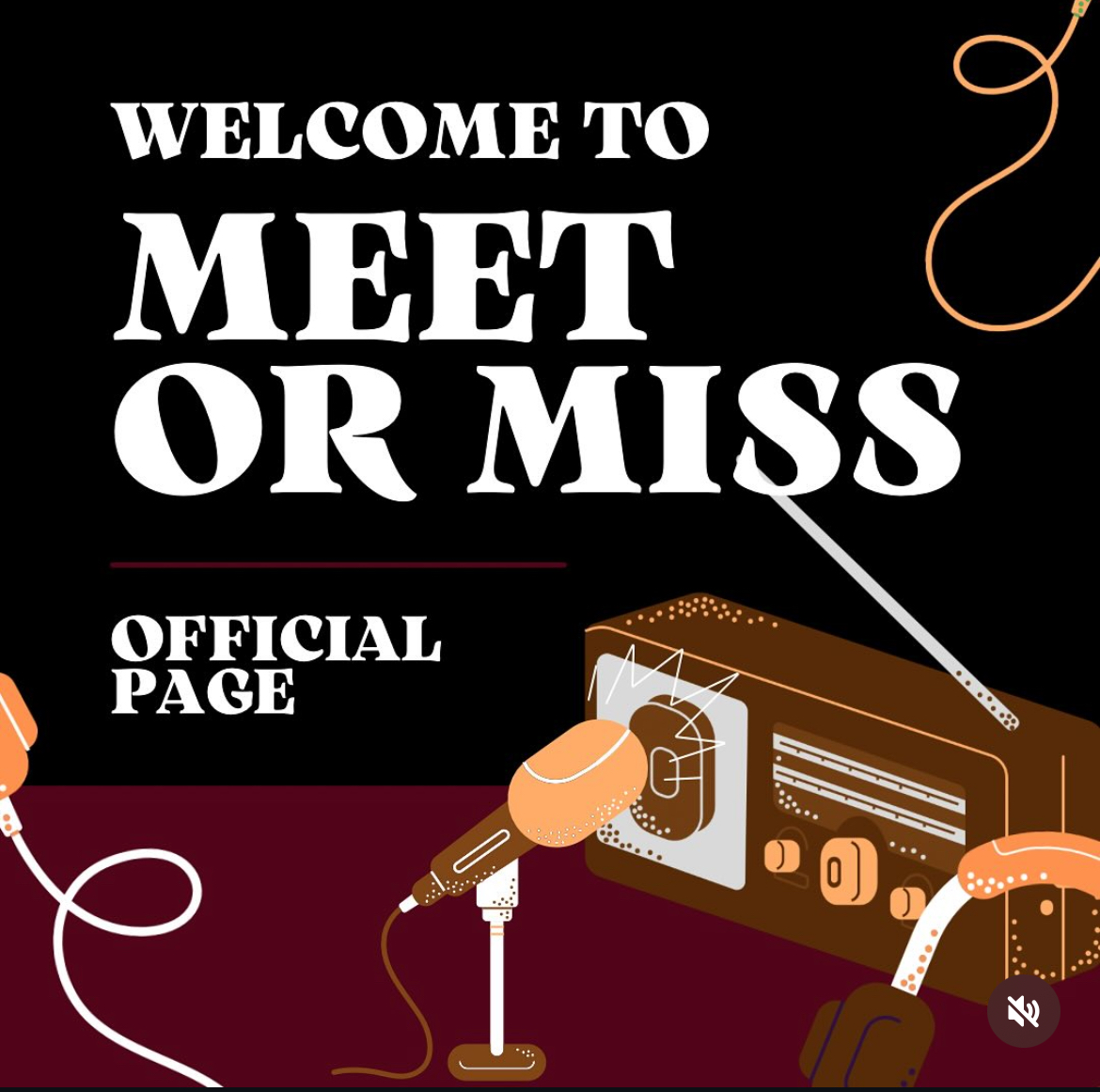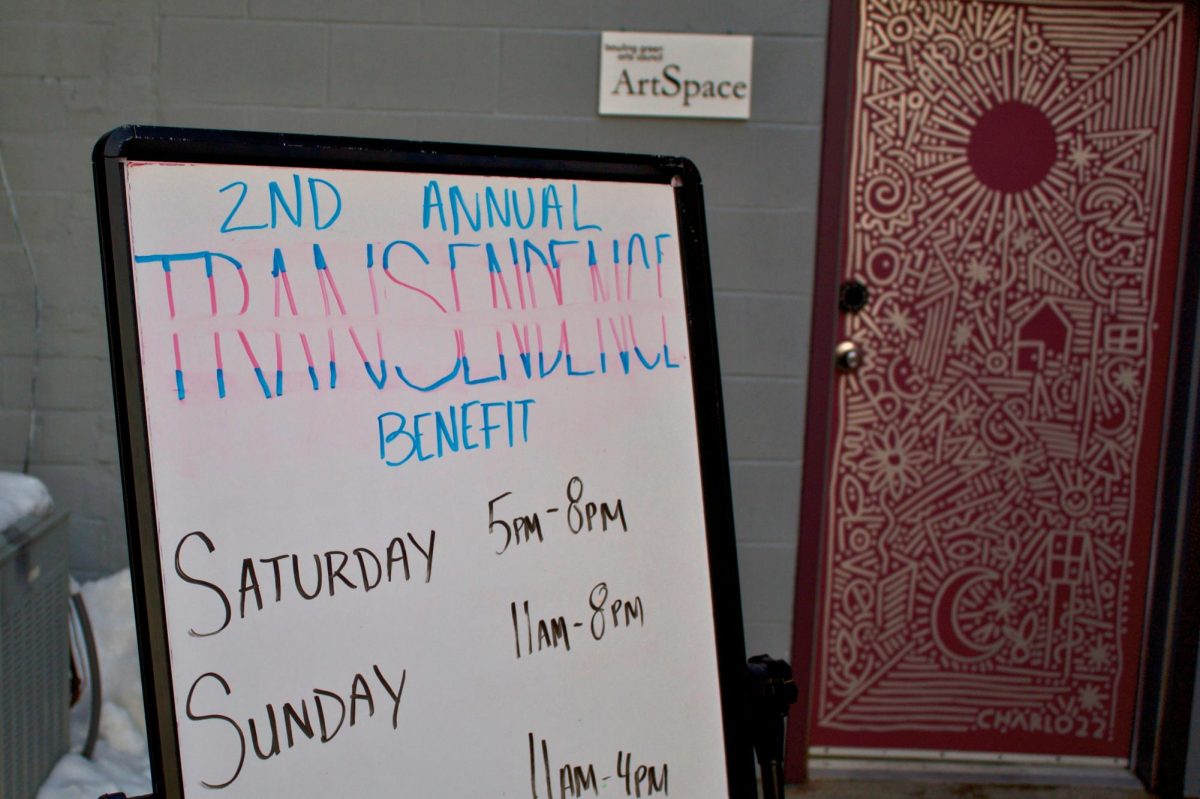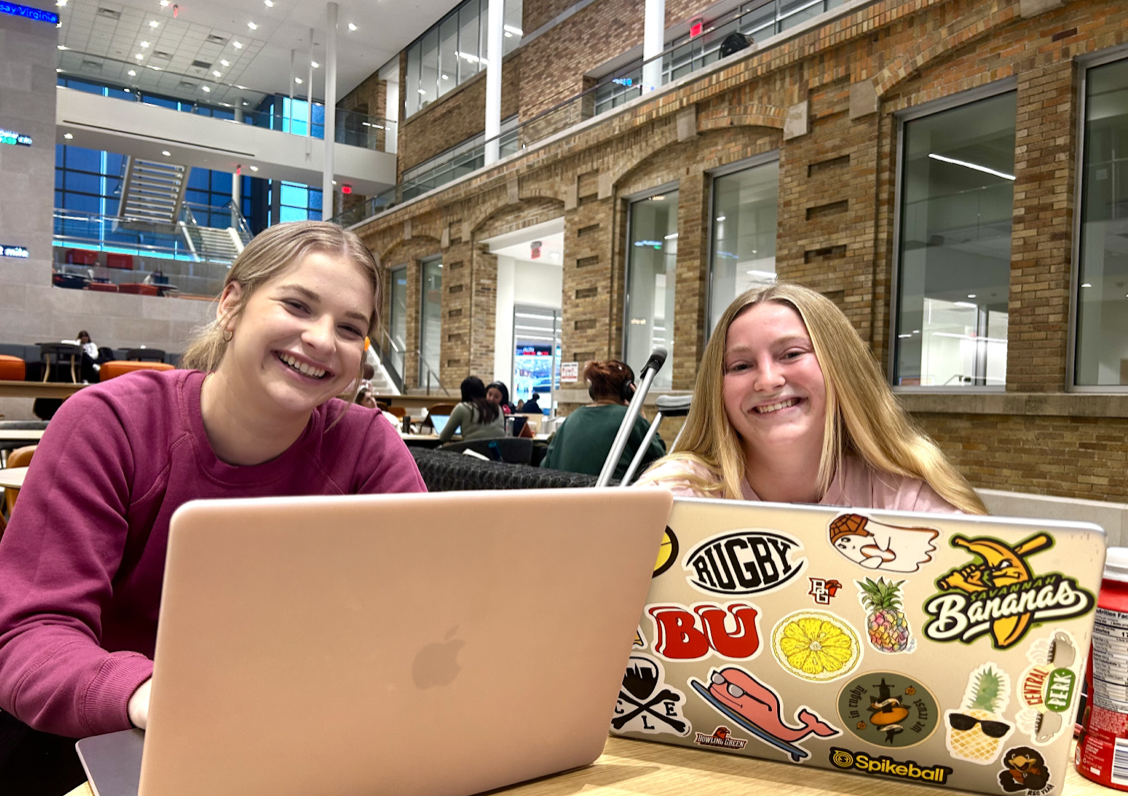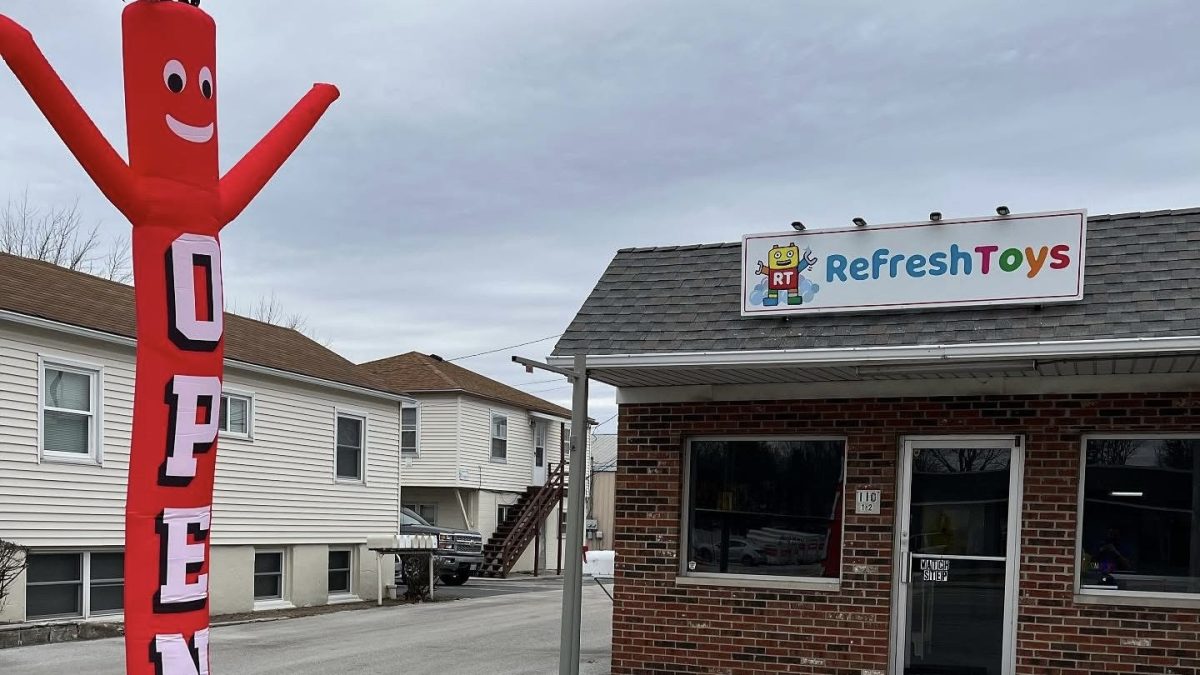Dale Smith, the director of the University Planetarium, invites everyone to take advantage of the Planetarium’s services.
Smith said that both some general public and students use the Planetarium.
“We’re here to service anyone,” Smith said.
Smith said that the Planetarium has hosted programs for classes on field trips as well. Classes from kindergartners up to high schoolers have visited, Smith said. The Planetarium has over 60 programs that school classes can choose to show.
“[We have a] wide selection so teachers can connect what they do in class to what they see [at the Planetarium],” Smith said
The Planetarium is currently running a show called “Two Small Pieces of Glass.” The show is about the evolution of the telescope and the discoveries that came with the new telescope technology. The Planetarium will be presenting “Two Small Pieces of Glass” until Oct. 26 and again from Nov. 2 to Nov. 23.
The show currently running is done using the cove-mounted full dome projector system. This uses two pictures that both cover just over half of the dome and mix in the middle. Smith said that the place where the two pictures meet is almost seamless.
In the middle of the Planetarium floor is a machine Smith calls the Star Projector. It’s another method that the Planetarium can show images of the sky.
Smith said that the Star Projector makes the stars in the projections sharper, but the full dome system has a clearer image since it is newer technology.
The show “Two Small Pieces of Glass” is projected using the full dome system, but two shows that will be running later this year will be using the slideshow system. The slides fill up the whole dome but are not comparable in the same way to the full dome system, Smith said.
One show, “Galileo: the Power of the Telescope,” will be showing from Dec. 2 to Dec. 9. The other will be the 25th annual showing of “Secret of the Star: A Show for Christmastime.”
“The Christmas season show is a mixture of science and culture,” Smith said.
Smith said he has created many of the classic slideshow programs for the Planetarium.
“I try to connect astronomy to everyday life,” Smith said.
On Fridays and Sundays after the Planetarium shows, the public can also attend a stargaze, weather permitting.
Students working for the Planetarium are titled as Planetarium Console Operators.
Junior James Faisant said that many of the students that work as Planetarium Console Operators are hired by Smith from the group of students that work as stargazers.
Nontraditional student Lindsay Lesh said that stargazers set up the 0.5-meter telescope in the Observatory, give a brief talk in the red room about what’s in the sky that night and lead people to the 0.5-meter telescope to view the discussed planets, moons or stars.
Lesh said that some students taking certain astronomy classes have to attend stargazes as well. During student stargaze session, they also set up extra telescopes and help students with any extra credit they might have.
Lesh is both a Planetarium console operator and a stargazer.
Faisant is a double major in Business and Computer Science. Although the Planetarium doesn’t relate to Faisant’s major, he still likes working there.
“Astronomy is something I’ve always been interested in,” Faisant said.
According to Smith, students with a variety of different majors have worked at the Planetarium.
Lesh is a Physics major with a Math, Computer Science and Astronomy minor. She said that she was approached for the Planetarium job because she had shown previous and immediate interest in the job.
She also creates the glass display setups in the lobby of the Physical Science building where the Planetarium is located.
“It’s been very rewarding. I love it,” Lesh said. “If people wanna chit-chat about displays [then] I just love talking science with people.”













